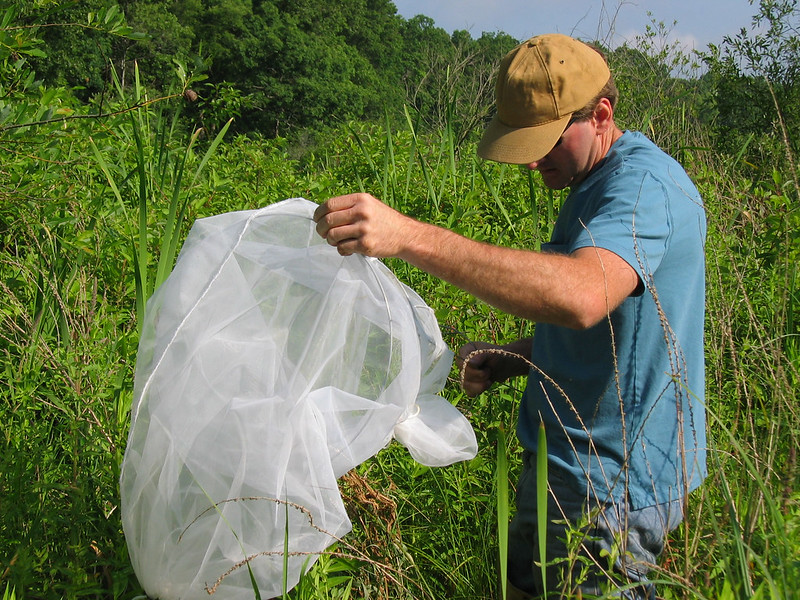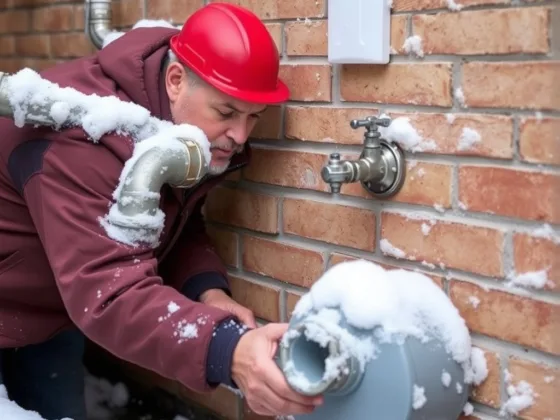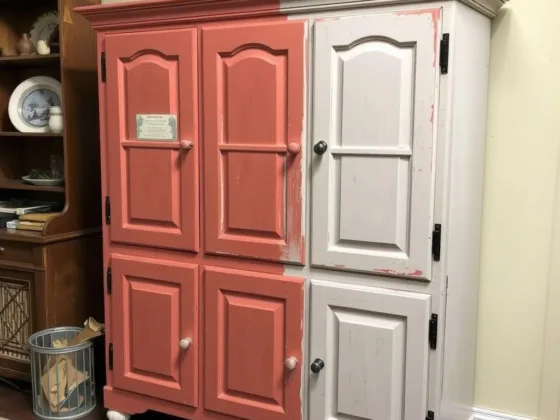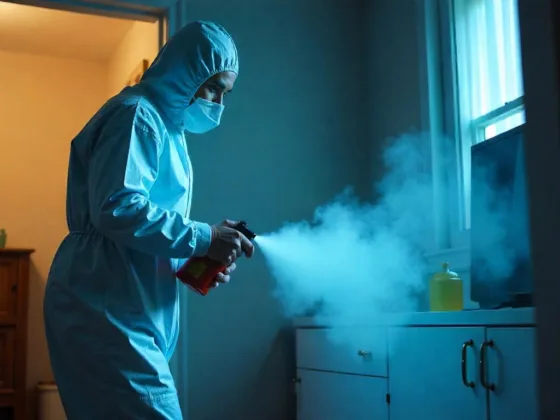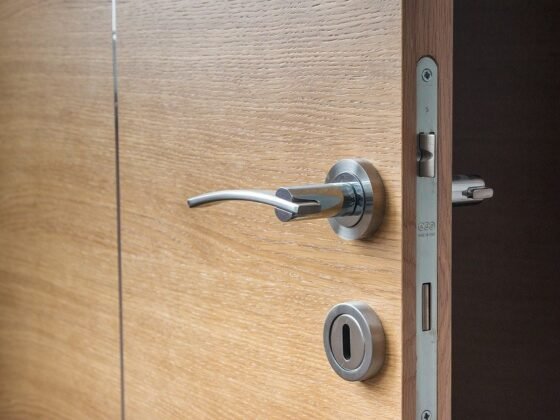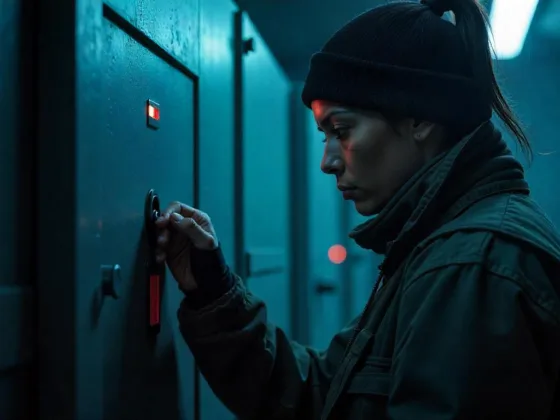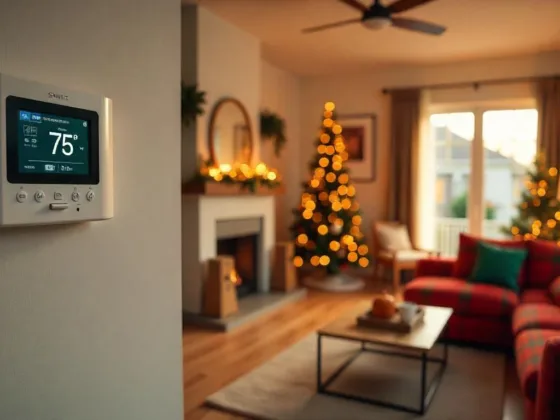Table of Contents Show
Pests can cause severe damage to your properties within a short period if left unchecked. This is why it is important to deal with them once they are sighted or feel their presence.
Although there are several over-the-counter chemicals and traps designed to help you deal with pest infestations in your long-term care facility, unfortunately, most of them don’t do a great job.
So, when dealing with pests in your long-term care facility, it is always best to hire professionals like the Team Veterans Pest Control in Charleston.
This is mainly because these professionals must have dealt with such pests before, so they know what works and what doesn’t.
They must have studied the life cycle of the pests to know what stage of life is the best to attack them. Professionals will also ensure all safety measures and protocols are put in place during pest control.
What is Considered a Pest and How Dangerous Are They to One’s Health?
Any organism, including plants, insects, or other animals that cause destruction and spread diseases, is a pest. These organisms would attack your crops, livestock, stored food, and even your health if allowed.
Here are some examples of pests that cause problems in the facility and how they affect one’s health.
Flies
Flies are annoying creatures that are well-known vectors of several diseases like Typhoid, shigellosis, cholera, etc.
They quickly cover long distances, picking up germs from several contaminated spots like garbage and dropping them on other surfaces like food.
The germs they carry include Salmonella, E. coli, and Staphylococcus. Ingesting food contaminated by these germs will eventually lead to a health problem. The fact that flies reproduce rapidly makes them harder to control.
Rodents
Rodents are easily attracted by food and thrive in dirty environments. Rodents like rats are major carriers of the deadly Black Plague disease as well as the SARS virus. Rodents don’t only threaten one’s health; they also damage properties.
Birds
Although Birds are generally not considered pests by many, they have the attributes of pests. They can be destructive, especially to farm produce.
They also serve as vectors for transmutable viruses and diseases. Some of these infectious organisms they transmit include salmonellosis and encephalitis, which cause food poisoning and inflammation of the brain, respectively.
Their droppings could also get into the ventilation of buildings and, when inhaled, could lead to a respiratory infection called histoplasmosis.
Cockroaches
Cockroaches are disgusting creatures whose infestation could quickly turn into a major nightmare. This insect is considered one of the dirtiest household pests as such; their presence should not be allowed or tolerated.
Roaches are carriers of germs that could cause diseases such as pneumonia, diarrhea, and food poisoning. Their dropping could lead to allergies and asthmatic conditions.
Why is Pest Prevention Important for Long-Term Care Facilities?
Long-term care facilities are susceptible to pest infestation because of several reasons. Factors such as food services, and numerous visitors coming and going in heighten the vulnerability of a long-term care facility to pests.
So, just because a facility doesn’t have a pest problem now doesn’t mean pest problems won’t arise later on.
Once pests find their way into your family and are allowed to thrive, sooner or later, they will start to reproduce. This may result in a full-blown infestation that could affect you significantly.
To effectively curb the activities of pests in your facility, then Integrated Pest Management is a must. This pest control system is perfect for long-term care facilities.
What is Integrated Pest Management (IPM)?
Integrated Pest Management is an environmentally friendly approach to controlling pests that is centered around being proactive and requires the use of common sense.
It is also an ongoing method of pest control that encourages a team approach. IPM focuses on pest prevention methods and uses pesticides only in the right proportion.
Integrated Pest Management also looks at the reasons why there is a pest infestation and addresses the ways to prevent future infestations.
Integrated Pest Management is proactive steps that effectively help to avoid pest activities. It can help reduce pest problems in the facility and help reduce the need for using pesticides in the future.
Why is Integrated Pest Management Perfect for Your Long-term Care Facility?
Integrated Pest Management is a perfect approach to pest control because it follows healthcare environmental standards.
It also focuses on the targeted pests and mostly uses a chemical-free approach. Integrated Pest Management avoids using techniques like spraying or fogging the facility because they are unhealthy and ineffective
FAQ:
Integrated Pest Management (IPM) is an environmentally friendly approach to controlling pests that is proactive and relies on common sense. It emphasizes pest prevention methods and uses pesticides only when necessary and in the right proportions. IPM also addresses the underlying causes of pest infestations to prevent future occurrences.
Pest prevention is crucial in long-term care facilities due to factors like food services and the high volume of visitors, which increase vulnerability to infestations. Proactive measures are essential to prevent pests from reproducing and causing significant health and property issues.
Pests such as flies, rodents, birds, and cockroaches can carry and transmit various diseases. For example, flies can spread germs like Salmonella and E. coli, while rodents can transmit severe diseases such as the Black Plague and SARS. Cockroaches are known to cause allergies and respiratory issues. Therefore, managing pests is vital for maintaining health and safety in long-term care facilities.
Integrated Pest Management is advantageous for long-term care facilities as it adheres to healthcare environmental standards, focuses on targeted pests, and primarily utilizes chemical-free methods. This approach reduces reliance on pesticides, minimizes health risks, and is generally more effective than traditional methods like spraying or fogging.
Unlike traditional pest control methods that often rely on widespread pesticide application, Integrated Pest Management emphasizes a more holistic and environmentally responsible approach. IPM focuses on prevention, monitoring, and using targeted interventions, reducing the need for chemical treatments and promoting long-term solutions to pest issues.
